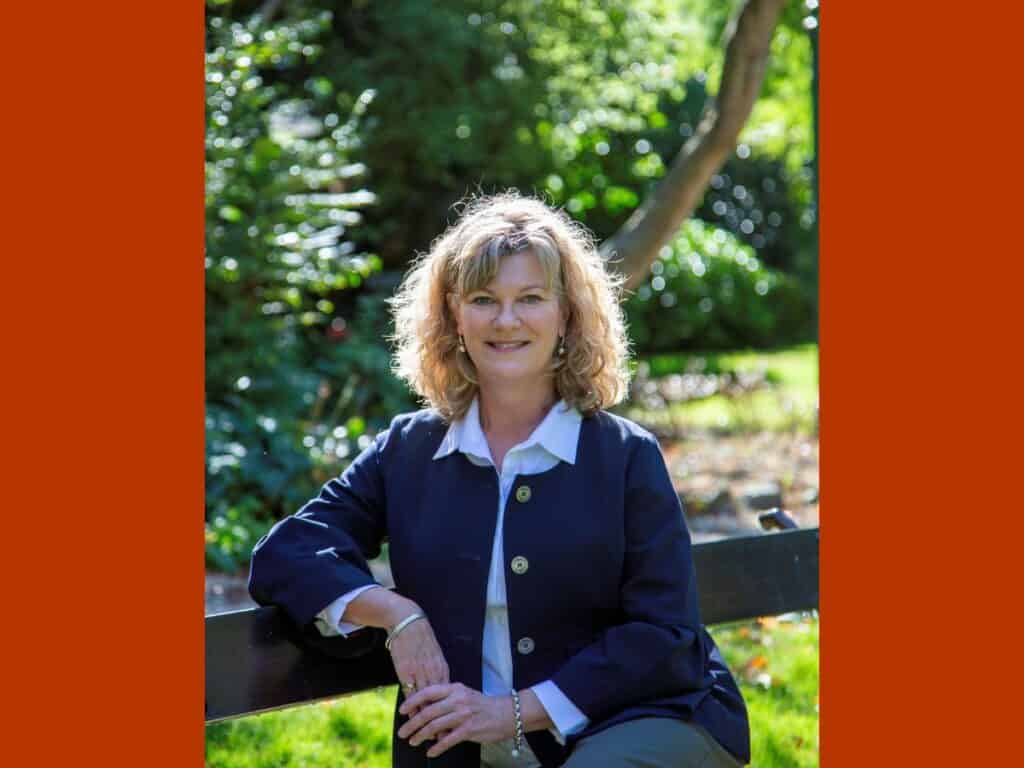The magnitude 7.8 Kaikōura earthquake of 2016 gave Aotearoa New Zealand more surprises than just trembling ground in the middle of the night. For Wellingtonians, one of the disturbing outcomes was damage to modern office buildings. Constructed under the Building Act 2004, these buildings should have been safe for workers. The earthquake made it clear; they were not.
For Dr Toni Collins at the University of Canterbury’s School of Law, it was damage to Statistics House that really concerned her. She’d been looking at the definition of an Earthquake Prone Building (EPB) in the Building Act and was struck by how specific it was. What if buildings didn’t tick obvious boxes for being earthquake-prone but were still vulnerable? Statistics House, built in 2005, proved that such buildings exist: it was so badly damaged in the earthquake it had to be demolished.
Under the Building (EPB) Amendment Act 2016, owners of EPBs, as identified by local authorities, are required to have their buildings seismically assessed. So how do people know they will be safe in all other buildings? That’s what led Toni to look at the Health and Safety at Work Act 2015. Under this Act all business owners must ensure their workplace buildings will not cause harm to occupants. And this includes ensuring their buildings will not fail in earthquakes. But it is not clear that these owners should have their buildings seismically assessed. The two Acts are at odds so how do building owners know what to do?
An essential part of effective earthquake resilience and disaster recovery is law. Te Hiranga Rū QuakeCoRE partners with the Institute of Law, Emergencies and Disasters (LEAD) to research improvements to the legal framework around disaster risk reduction.
Dr Collins, with her colleague Dr Nadia Dabee, scoured the literature, court cases and government websites to clarify the Government’s intention. Even a WorkSafe Policy Statement issued in 2018 to explain the overlap between the two Acts, only confused the situation. Many owners don’t realise they are responsible for getting seismic assessments. Others are closing buildings unnecessarily. This is because the law is unclear.
Toni and Nadia have published their research in the New Zealand Universities Law Review. They call for the higher standard of the Health and Safety at Work Act to be applied as this will give occupants the highest level of protection under the law regarding building safety.
Toni, having lived through the Christchurch earthquakes, is adamant that more needs to be done. “We live in the Shaky Isles. We need to ensure our buildings are up to the job of keeping people safe.” Toni would like to see a building warrant of fitness introduced with regular checks by experts and displaying of building status. She understands it’s very hard for building owners facing large costs. But that shouldn’t stop New Zealand having a robust system in place. “The safety of people must be our priority. We should all be safe in the buildings in which we work.”

